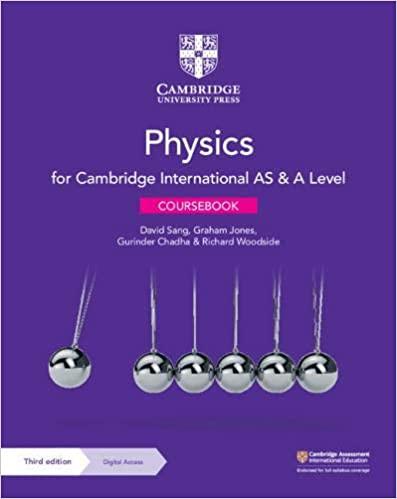According to the theorem of superposition, the response (current) in a circuit is proportional to the stimulus
Question:
(a) Using Kirchhoff's rules, find the branch currents in the 140.0-Ω, 210.0- Ω, and 35.0- Ω resistors.
(b) Using a circuit similar to the circuit of Fig, but with the 55.0-V and 57.0-V sources replaced by a short circuit, determine the currents in each resistance. (c) Repeat part (b) by replacing the 92.0-V and 55.0-V sources by short circuits, leaving the 57.0-V source intact.
(d) Repeat part (b) by replacing the 92.0-V and 57.0-V sources by short circuits, leaving the 55.0-V source intact.
(e) Verify the superposition theorem by taking the currents calculated in parts (b), (c), and (d) and comparing them with the currents calculated in part (a).
.PNG)
Fantastic news! We've Found the answer you've been seeking!
Step by Step Answer:
Related Book For 

Cambridge International AS And A Level Physics Coursebook
ISBN: 9781108859035
3rd Edition
Authors: David Sang, Graham Jones, Gurinder Chadha, Richard Woodside
Question Posted:





